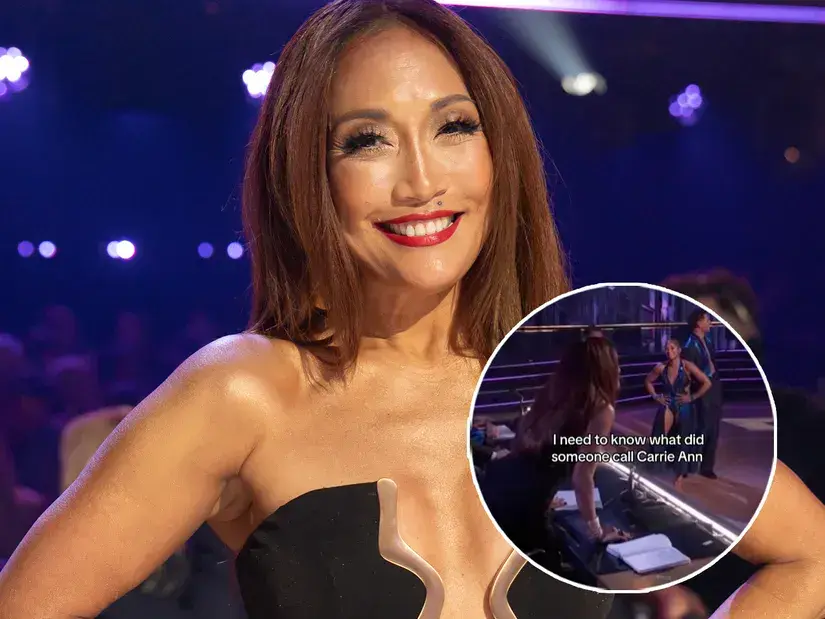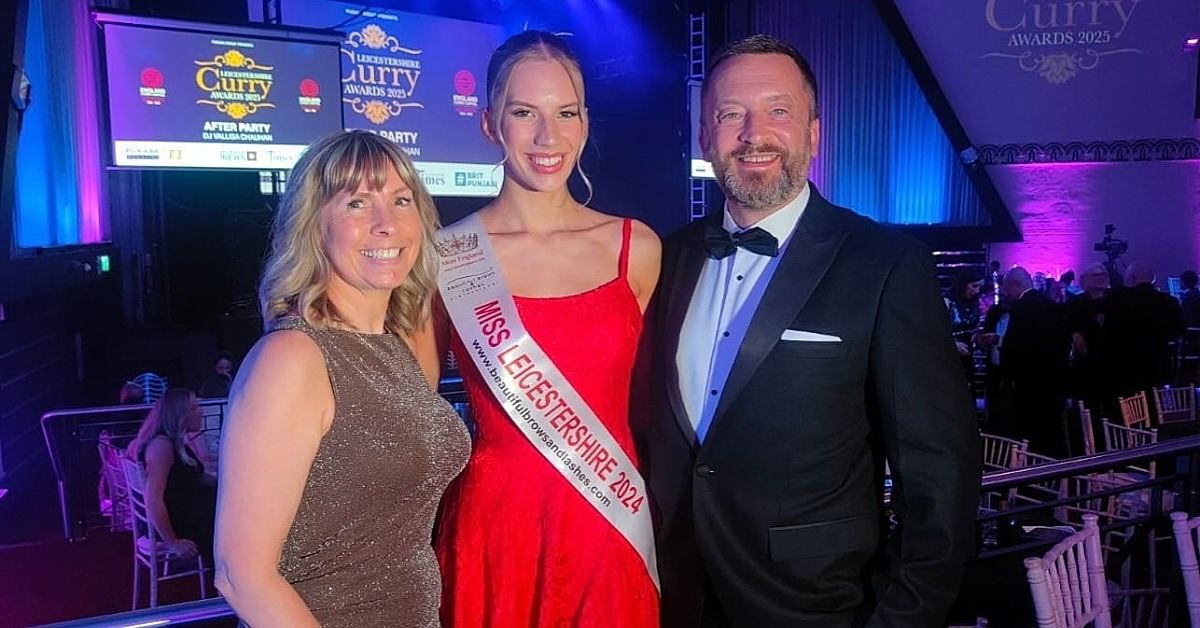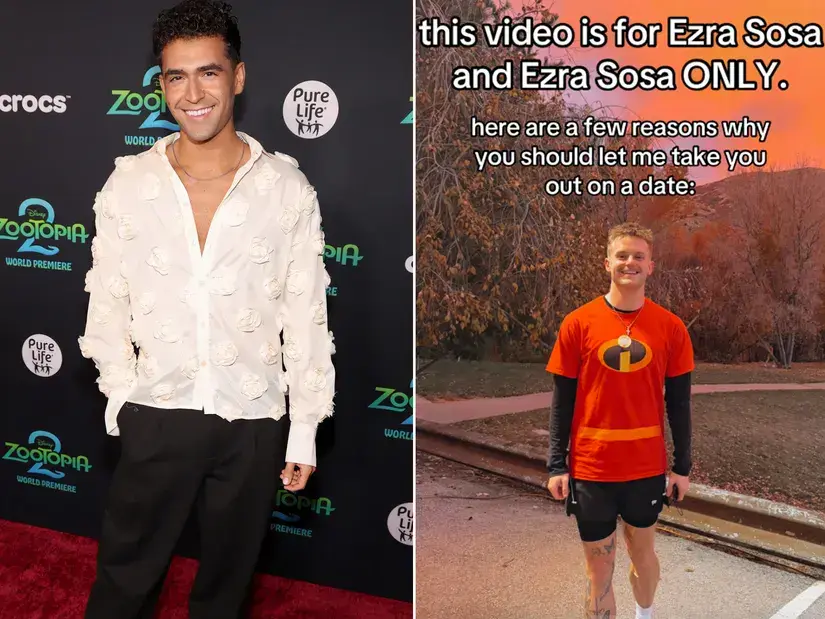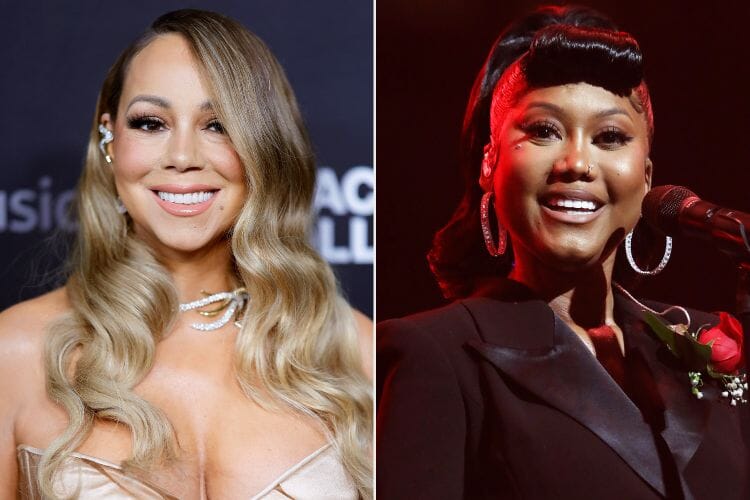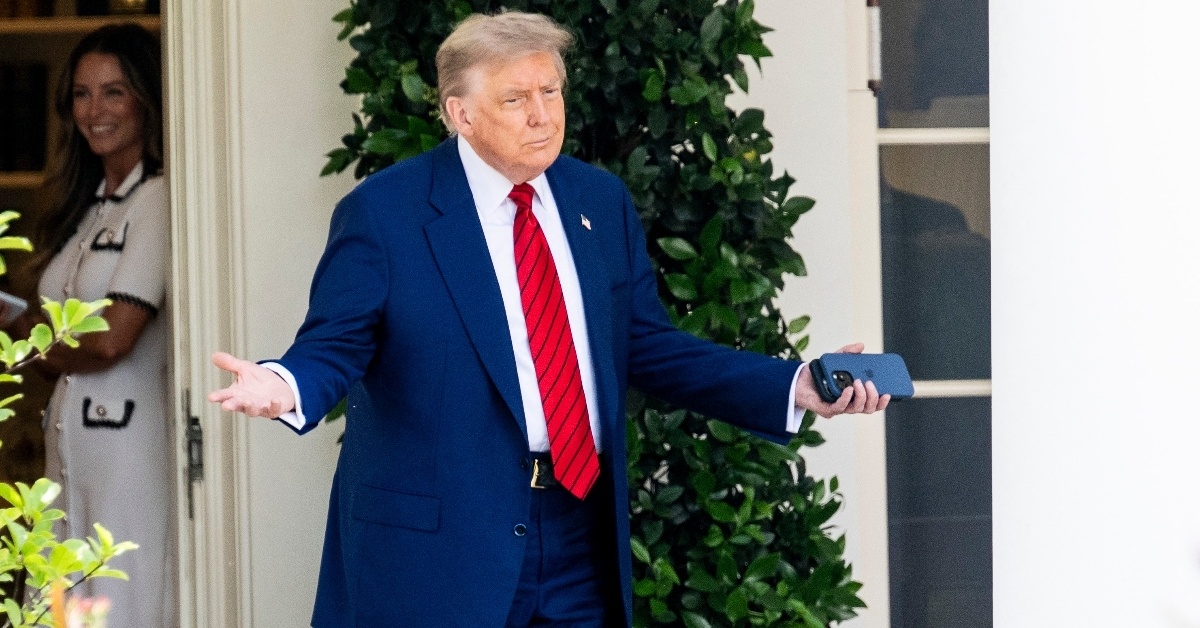BY: DM
Published 2 months ago
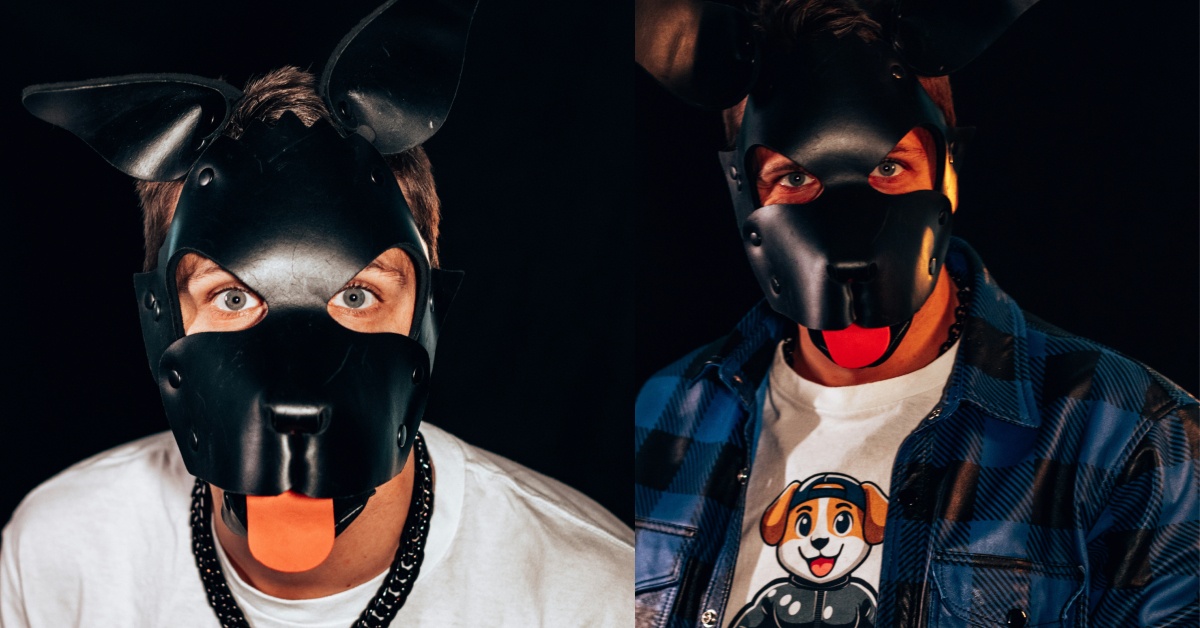
If you have seen an increase in pup play imagery online and in real life, you’re not alone. The community is growing, as folks learn more about the LGBTQIA+ subculture.
At its core, pup play is a consensual role-play practice where adults adopt canine mannerisms, attitudes, and social roles. Some people take the role of “pups,” while others act as handlers, trainers, or caretakers. Whole “packs” also form for social events and rituals. Practitioners describe pup play as a socio-sexual activity, a mental “headspace,” and often a life-affirming community rather than just a temporary kink. Here is a look at what pup play entails.
What is pup play?
The pup play look is distinctive. Participants often wear collars and leashes, neoprene or leather pup hoods, mitts that limit finger use, kneepads for crawling, harnesses, and optional tails, according to the National Library of Medicine. Not everyone wears a hood or full kit. Surveys show most participants own some gear, but pup play can be primarily social, non-sexual, or a mix of both. The visible outfits help the group step into public spaces, yet they represent only one part of what pup play truly is.
This scene did not appear overnight. A report from the Open University traces pup play’s lineage through the leather and BDSM communities. Public visibility grew in waves from the 1990s into the early 2000s as bar contests, club nights, and kink events began including pup presentations. Researchers link the subculture to queer social spaces and the leather scene. They also note that modern pups borrow aesthetics from neoprene, fetish sportswear, and online maker culture.
For many, pup play provides release — a “pup space” where adult anxieties fade and people can play, receive care, or experience intimacy in new ways. The National Library of Medicine found that many participants report social and mental health benefits — including connection, belonging, and improved mood. People experience the practice along a spectrum, from recreational to deeply identity-based. Pup play can also involve power exchange and sexual elements, so consent and negotiation remain essential rules.
Pup play has evolved over the years.
In the 2010s and early 2020s, online platforms and social media helped popularize the pup play scene. Creators shared gear tutorials, and communities organized coordinated meetups. Pups gather at Pride events, kink festivals, private pack meetings, and on platforms where makers sell custom hoods and harnesses.
“When I learned of my inner puppy, I was soon researching online to find like-minded guys, which is when I found thedoghouse.org,” writer Pup Tim explained. “It was built around the world of dogslaves, BDSM, and training your ‘dog.’ TheDogHouse.org was self-described as: ‘A club for pan-sexual humans (dogs and bitches) with a canine soul, and for the people who like them that way.’”
Pup play sits within pet and role-play subcultures, but it is distinct. Pet play serves as the umbrella, covering people who role-play as various animals. Pup play specifically focuses on dogs and puppies, with an emphasis on the headspace and social dynamics tied to that role. It also differs from the furry fandom, which focuses on anthropomorphic animal characters and fan culture rather than BDSM dynamics. Related micro-scenes like kitten play, pony play, or primal play have their own aesthetics and rules. However, they all share the same principle: adults choosing consensual role identities that reshape how they experience power and intimacy.
Do you believe pup play should be considered more of a social community, a kink, or both?
